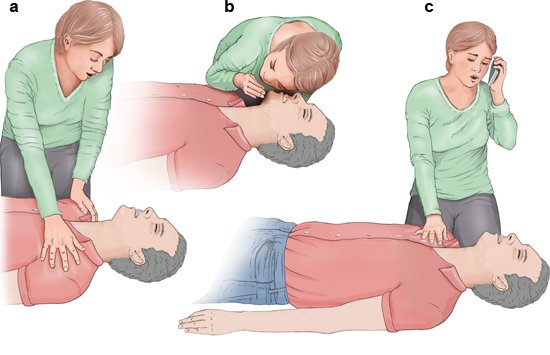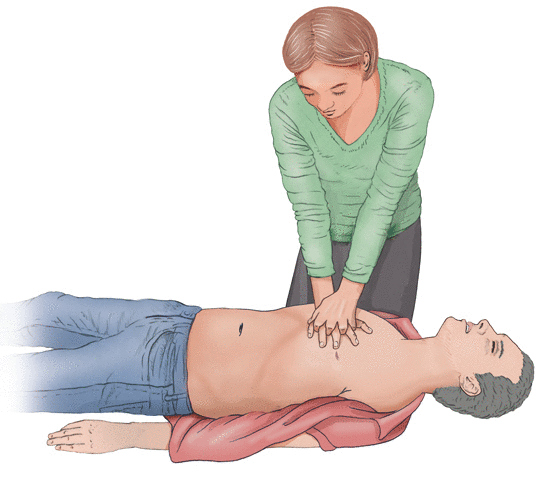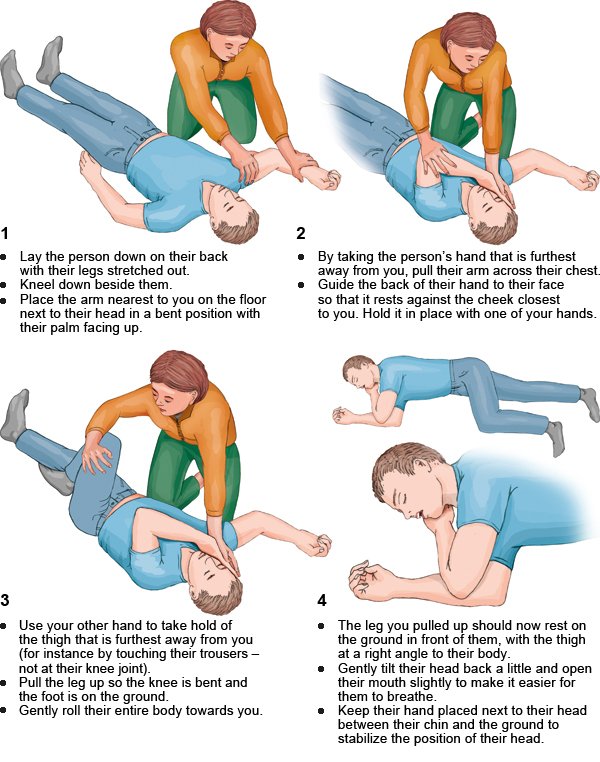Cardiopulmonary resuscitation (CPR): What you need to know
If someone is unconscious and not breathing normally, it’s very important to perform cardiopulmonary resuscitation (CPR) immediately. Doing so can save lives, for instance after a heart attack. In hospitals or doctors’ practices, medically trained staff can help fast in emergencies. Everywhere else, immediate first aid by other people is vital.
Then the main thing to do is stay calm and do the following:



